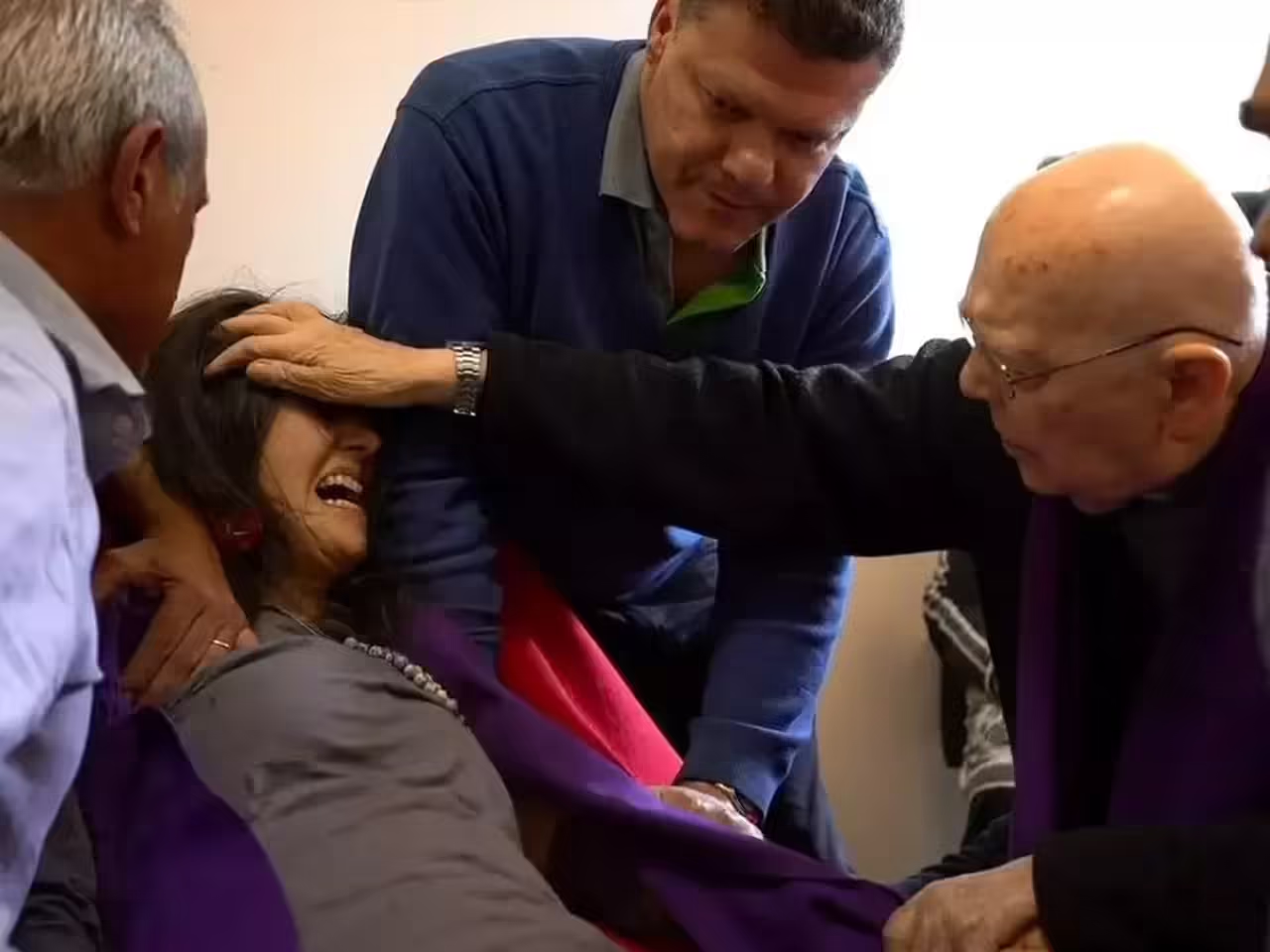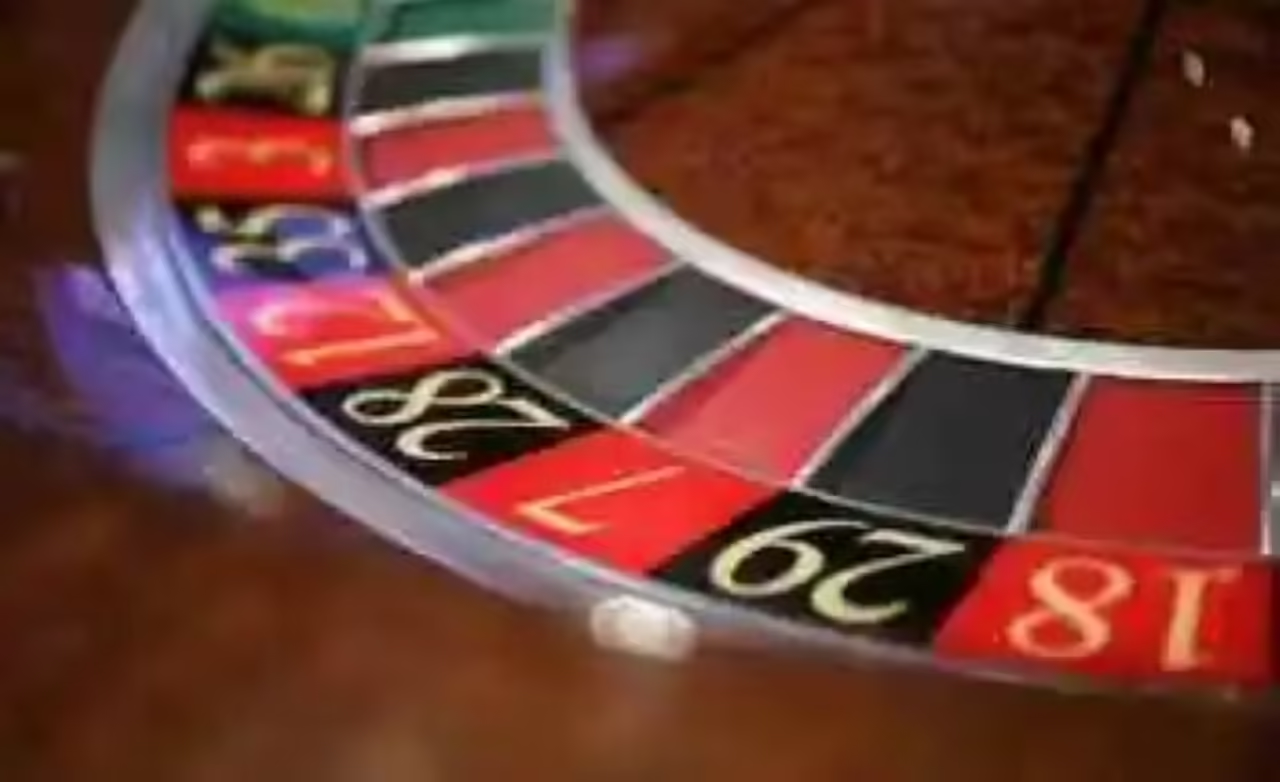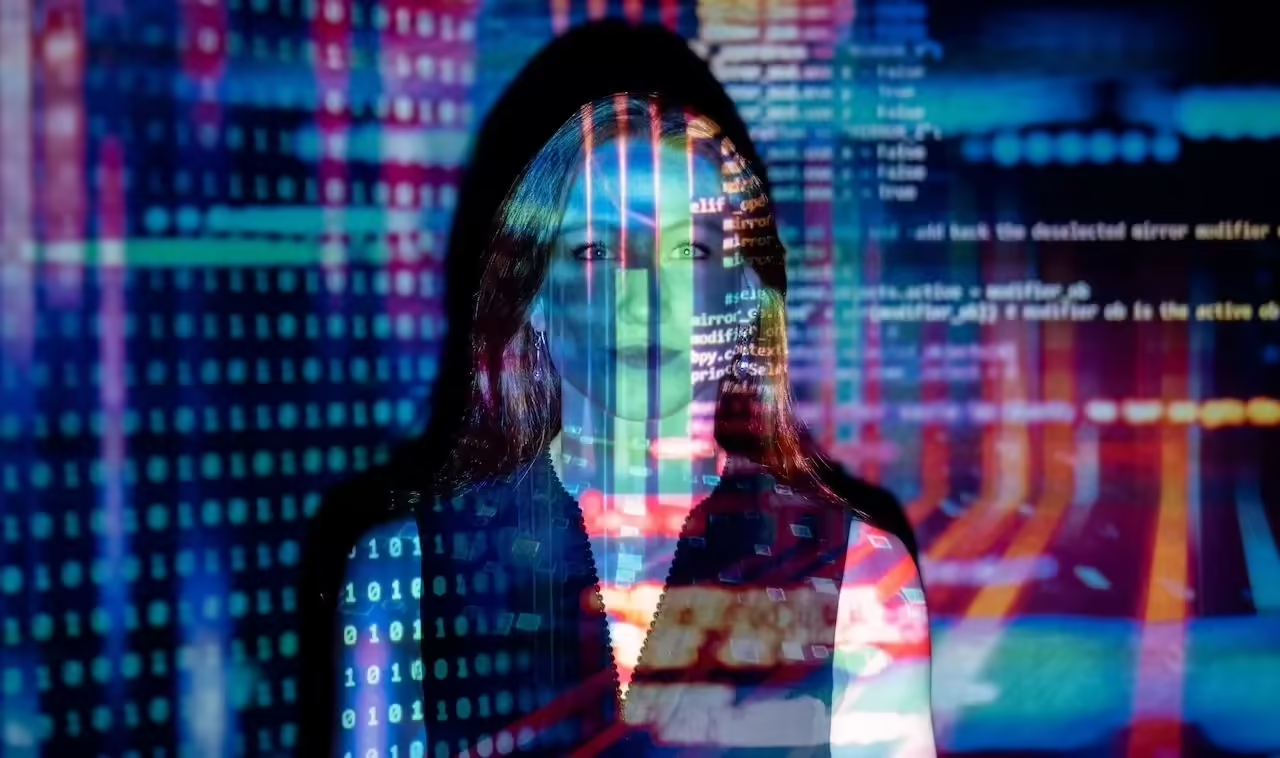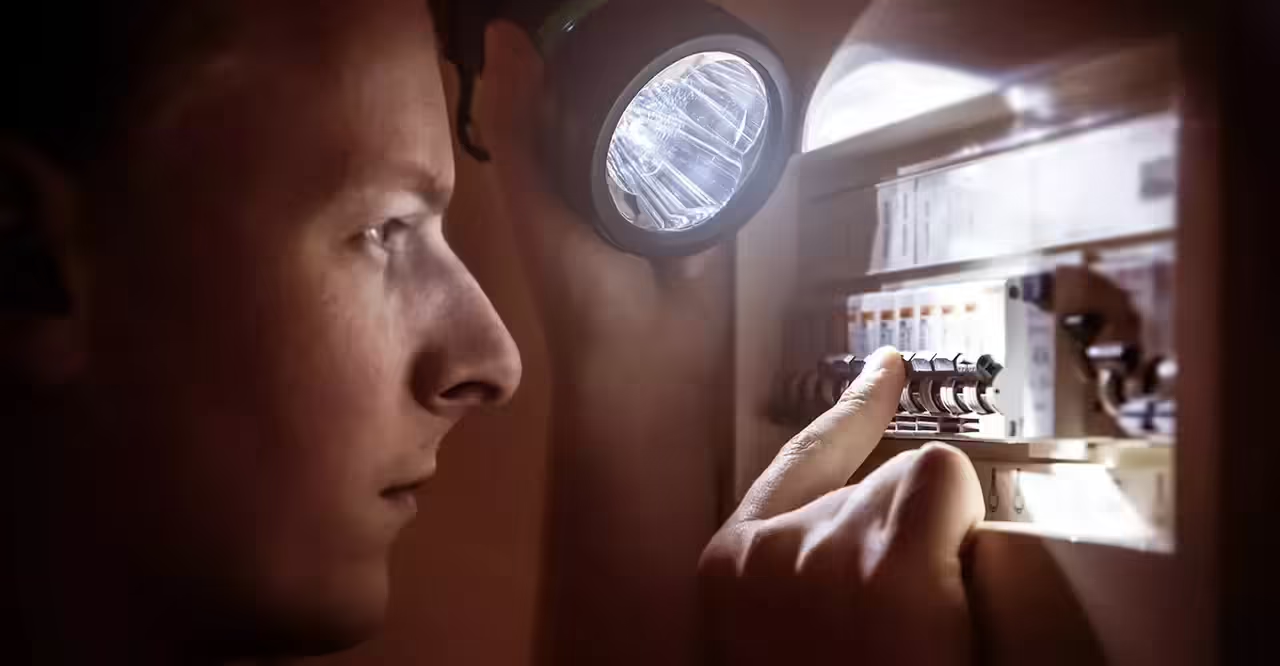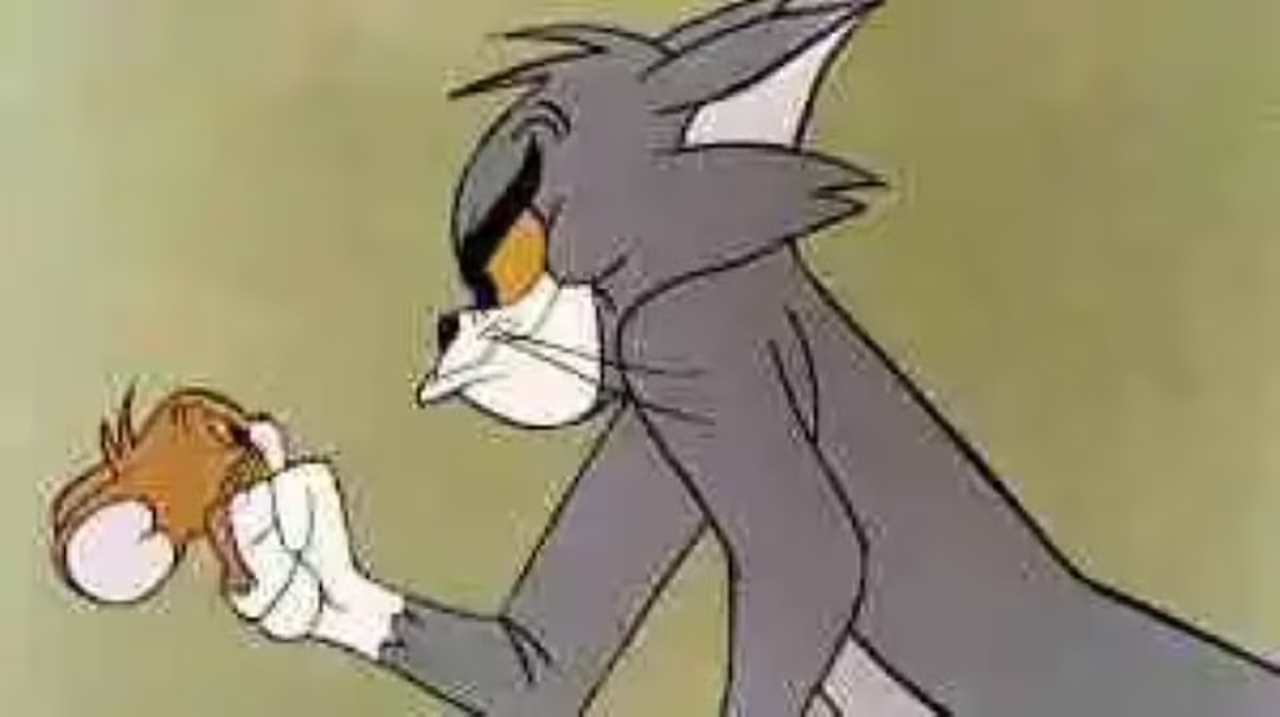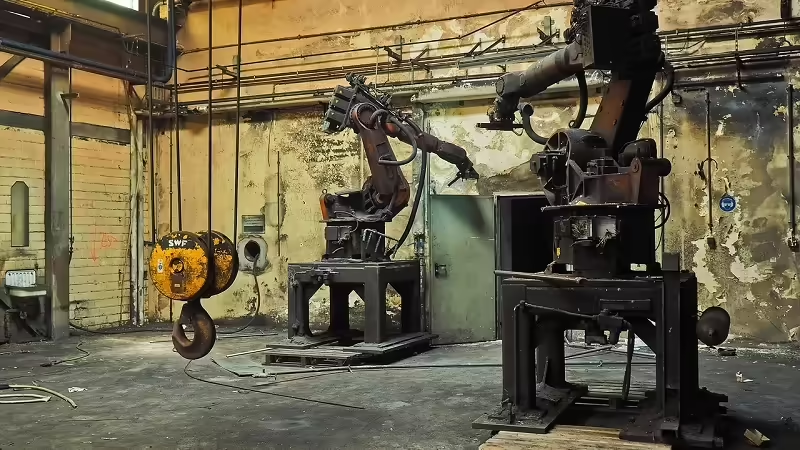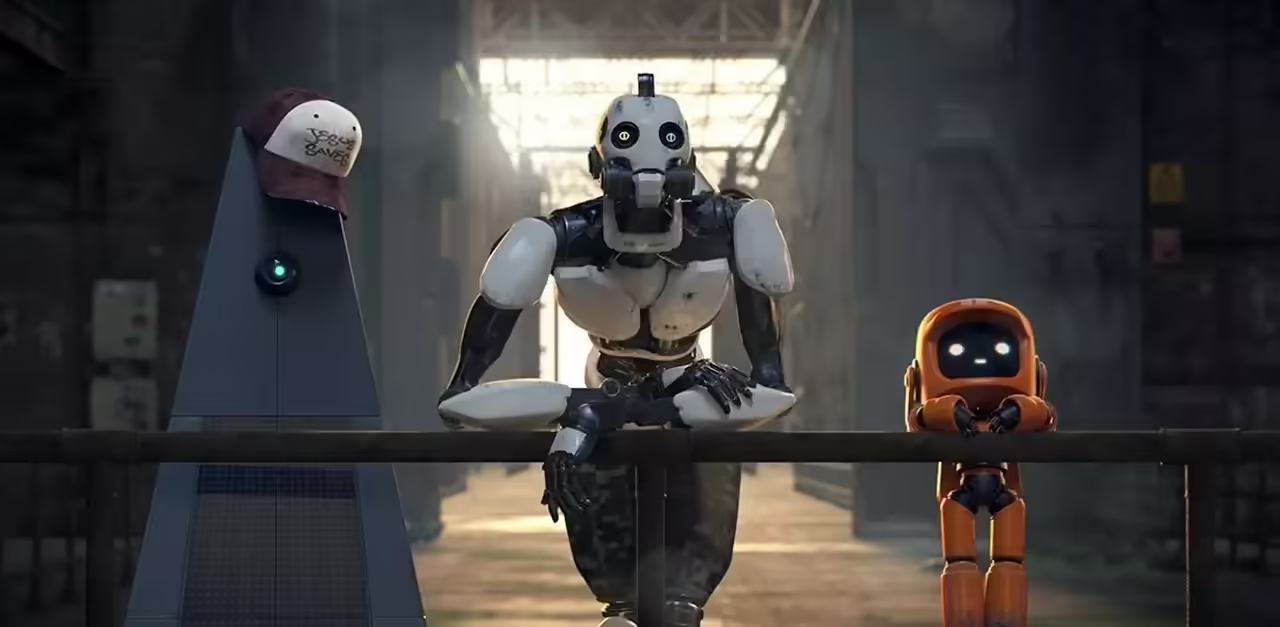
The animated series Love, Death + Robots has been captivating sci-fi and animation fans since its premiere in 2019. Created by director Tim Miller and writer David Fincher, the anthology series features a variety of animated short stories that explore dark and unfamiliar themes, often with a surprising twist at the end.
Each episode of Love, Death + Robots is unique in its style, narrative and animation. From the story of a soldier in a dystopian future to a fight in space between a giant monster and a team of astronauts, the series features a wide spectrum of genres and themes.
What unites all of these stories is their ability to explore the dark and the unknown. Some episodes deal with deep themes such as mortality, morality and identity, while others tackle more abstract concepts such as reality and perception.
The series also features scenes of violence and explicit sexuality, which has generated criticism and controversy. However, the creators have defended these scenes as a way to tell more authentic and realistic stories.
In addition to its dark content, Love, Death + Robots is known for its stunning animation. Each episode uses a unique visual style that ranges from traditional 2D animation to cutting-edge 3D animation. The series also features some of the best animation talent in the world, which is reflected in the quality of the visuals.
Love, Death + Robots has been compared to other anthology series such as Black Mirror and The Twilight Zone, but its focus on animation gives it a unique edge. The series has been praised for its ability to tell complex stories efficiently in a short format.
Exploring the dark side of animation: an in-depth look at Tim Miller’s Love, Death + Robots
Throughout the episodes of “Love, Death + Robots,” viewers are transported to dystopian worlds, post-apocalyptic futures, dangerous virtual realities and fantastical landscapes. The animation is stunning, with different styles ranging from traditional 2D to photorealistic 3D. Each story is unique in its style and tone, making for an exciting and surprising experience.
However, what makes “Love, Death + Robots” truly remarkable is its exploration of the dark side of humanity. Throughout the episodes, viewers are confronted with issues such as child abuse, racism, sexual violence, war and loss. The series is not afraid to tackle difficult and twisted topics, and does so with a direct and uncensored approach.
This may be problematic for some viewers, especially those who prefer lighter, more family-friendly animation. However, for those willing to explore the darker side of animation, “Love, Death + Robots” is a unique and captivating experience.
Adult animation: what makes Love, Death + Robots a success?
There are several reasons why “Love, Death + Robots” has been a success as an adult animated series:
The variety: The series features a variety of animation styles, from traditional 2D to photorealistic 3D, making it visually stunning and unique in each episode.
The direct and uncensored approach: The series tackles difficult and controversial topics, not being afraid to show violence, sex and strong language in its content. This gives the series a sense of authenticity and realism that is well suited to an adult audience.
The production by Tim Miller and David Fincher: Two recognized names in the film and television industry, which ensures high quality production and direction.
The length of the episodes: With a length of between 6 and 18 minutes, the episodes are short enough to keep the viewer’s attention without boring them.
Innovation in storytelling: Each episode tells a unique and surprising story that does not follow a specific timeline or theme. This allows the series to be more innovative and surprising to the viewer.
A futuristic view of life, death and technology
The series features a variety of futuristic scenarios, from the use of artificial intelligence and virtual reality to life on alien planets and the exploration of time and space. Through these stories, the series raises important questions about the impact of technology on our lives and how it could change society in the future.
The series also tackles philosophical and existential themes, such as death and immortality, the nature of consciousness and reality, and the relationship between humans and robots. Often, these stories feature an unexpected twist that challenges viewer expectations and raises even deeper questions.
Through animation, “Love, Death + Robots” has the ability to create imaginative and detailed worlds that would be difficult to achieve with live-action special effects. The series also benefits from its adult rating, which allows it to tackle darker and more controversial topics that are not covered in most animated series.
From comedy to darkness: how Love, Death + Robots defies expectations
The series begins with lighter, comedic episodes, such as “Three Robots,” which features three robots exploring a post-apocalyptic city where humans have disappeared. This episode uses humor to comment on the nature of humanity and the relationship between humans and robots.
However, the series then takes a turn toward darkness and horror, with episodes such as “Beyond the Aquila Rift,” which features a team of astronauts who awaken in a strange place after a trip in a spaceship. This episode has a shocking twist that completely changes the viewer’s perception of the story.
The series also uses graphic violence and sexuality in shocking ways in episodes such as “The Witness,” which features a woman who witnesses a murder and is pursued by the killer through a cyberpunk-style neon landscape. This episode uses animation to create an imaginative and detailed world, while its adult rating allows it to explore controversial topics.
Main episodes of Love, Death + Robots
“Sonnie’s Edge”: This is the first episode and follows the story of Sonnie, a fighter in a world where humans control their monstrous creatures in violent fights. Sonnie has a secret that could change the course of the fights.
“Three Robots”: Three robots explore a post-apocalyptic city where humans have disappeared and discuss human nature and cat behavior.
“The Witness”: A woman witness to a murder is pursued by the killer through a cyberpunk-style neon landscape.
“Suits”: A group of farmers on an alien planet must defend their crops from giant insects using mechanical suits.
“Beyond the Aquila Rift”: A team of astronauts awaken in a strange place after a trip in a spaceship, leading them to question their reality and their own sanity.
“Good Hunting”: In a world of magic and machines, a young Chinese demon hunter teams up with a mechanical fox woman to exact revenge on the men who hunt her.
“Zima Blue”: A cybernetic artist searches for his true origin while creating a final work of art in space.
“Ice Age”: A group of soldiers at a base in the Arctic find something unexpected buried in the ice.
“Blindspot”: A team of elite cyborgs must face a formidable enemy that can predict their movements.
“The Secret War”: In World War II, a group of Soviet soldiers encounter something supernatural on a mission behind enemy lines.
Fish Night”: Two traveling salesmen find themselves stranded in the desert and have a supernatural experience when they stumble upon the bones of ancient marine animals.
“Lucky 13”: A spaceship pilot develops a sentimental relationship with her ship after several dangerous missions.
“Shape-Shifters”: A group of wolf soldiers fight terrorists in Afghanistan and question their humanity and their place in society.
“Helping Hand”: An astronaut is stranded in space after an accident and must fight for her survival.
“The Dump”: In a garbage dump in the future, a robot discovers the true nature of his existence.
“Alternate Histories”: An interactive episode that allows the viewer to explore different timelines and see what the world would have been like if Adolf Hitler had died at different times.
Critics’ comments on Love, Death + Robots
“The series is a tour de force of animation that pushes the boundaries of what can be achieved with the medium. From the production design to the animation, each episode is a visual triumph that is impossible to ignore.” – Collider
“It’s a series that doesn’t pull any punches, it doesn’t care what you think or feel, it just wants to tell you a powerful story and leave you thinking about it long after it’s over.” – The Guardian
“Love, Death + Robots is the perfect series for those looking for something beyond the conventional in animation. It’s dark, sexy, violent and unapologetic.” – IGN
“Each episode is a masterful piece of animation, but what really sets Love, Death + Robots apart is its ability to tell deep, emotional stories in just a few minutes.” – The Verge
“It’s a series that defies narrative and visual expectations, and delivers a thrilling and surprising experience for the viewer. It’s not for the faint of heart, but for those looking for something out of the ordinary, it’s an impressive series.” – Indiewire
“Love, Death + Robots is a masterpiece of animation, and each episode is a unique surprise. The series is truly innovative and challenging, and offers some of the most exciting storytelling and animation I’ve seen in a long time.” – Guillermo del Toro
“The series is shocking, visceral and totally unexpected. It’s a breath of fresh air in the world of animation, and definitely worth watching.” – Chris Miller
“Love, Death + Robots is an absolute work of art. Each episode is incredibly visually stunning and, coupled with the incredible storytelling, creates a completely unforgettable experience.” – Duncan Jones
“The series is a gem of animation and a tribute to limitless imagination. The episodes are a perfect blend of science fiction, horror, fantasy and action, and the animation is simply spectacular.” – Peter Ramsey
“It’s a pleasure to watch a series that takes risks and is as risk-taking as Love, Death + Robots. It’s a true visual and emotional experience, and one of the most exciting series I’ve seen in a long time.” – Jennifer Yuh Nelson
